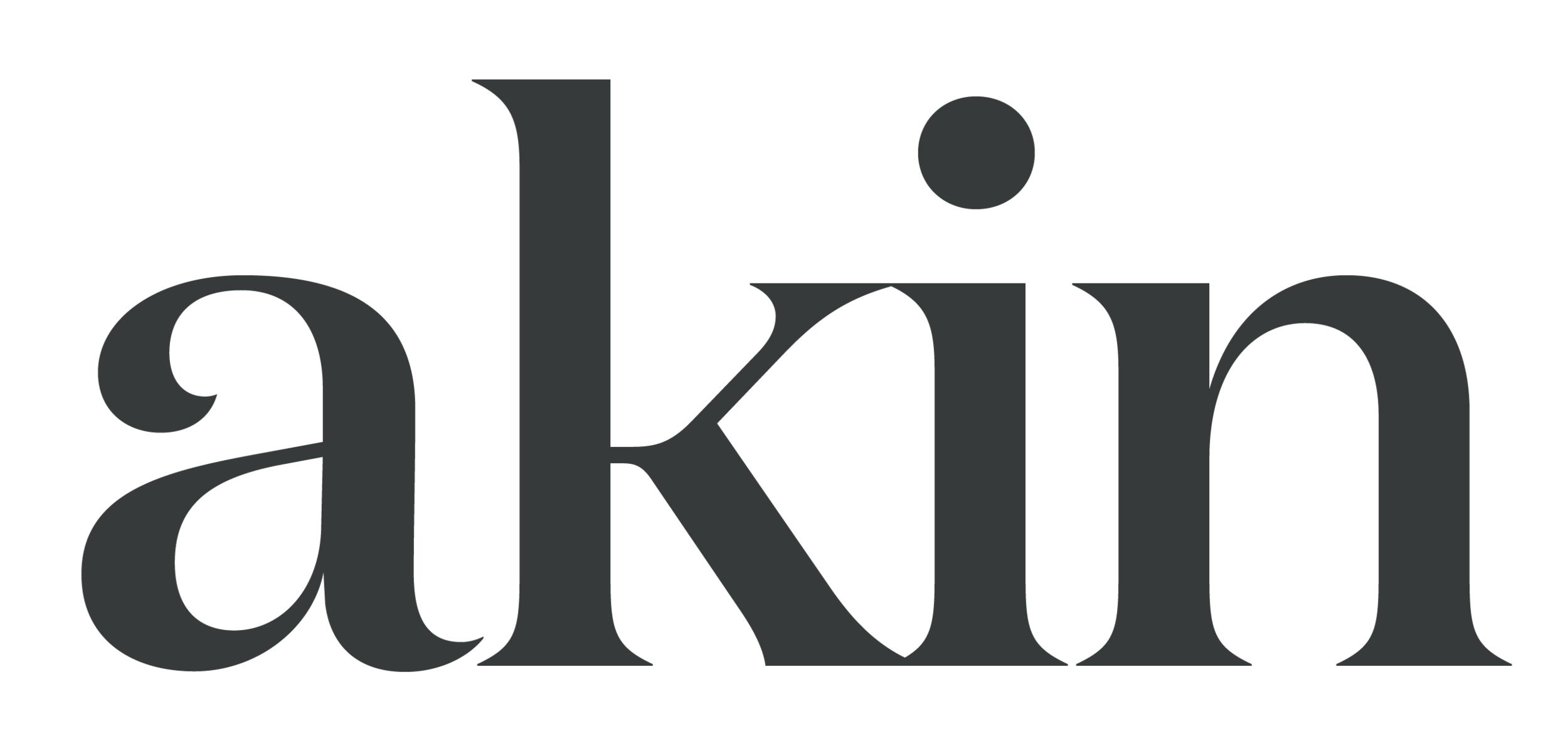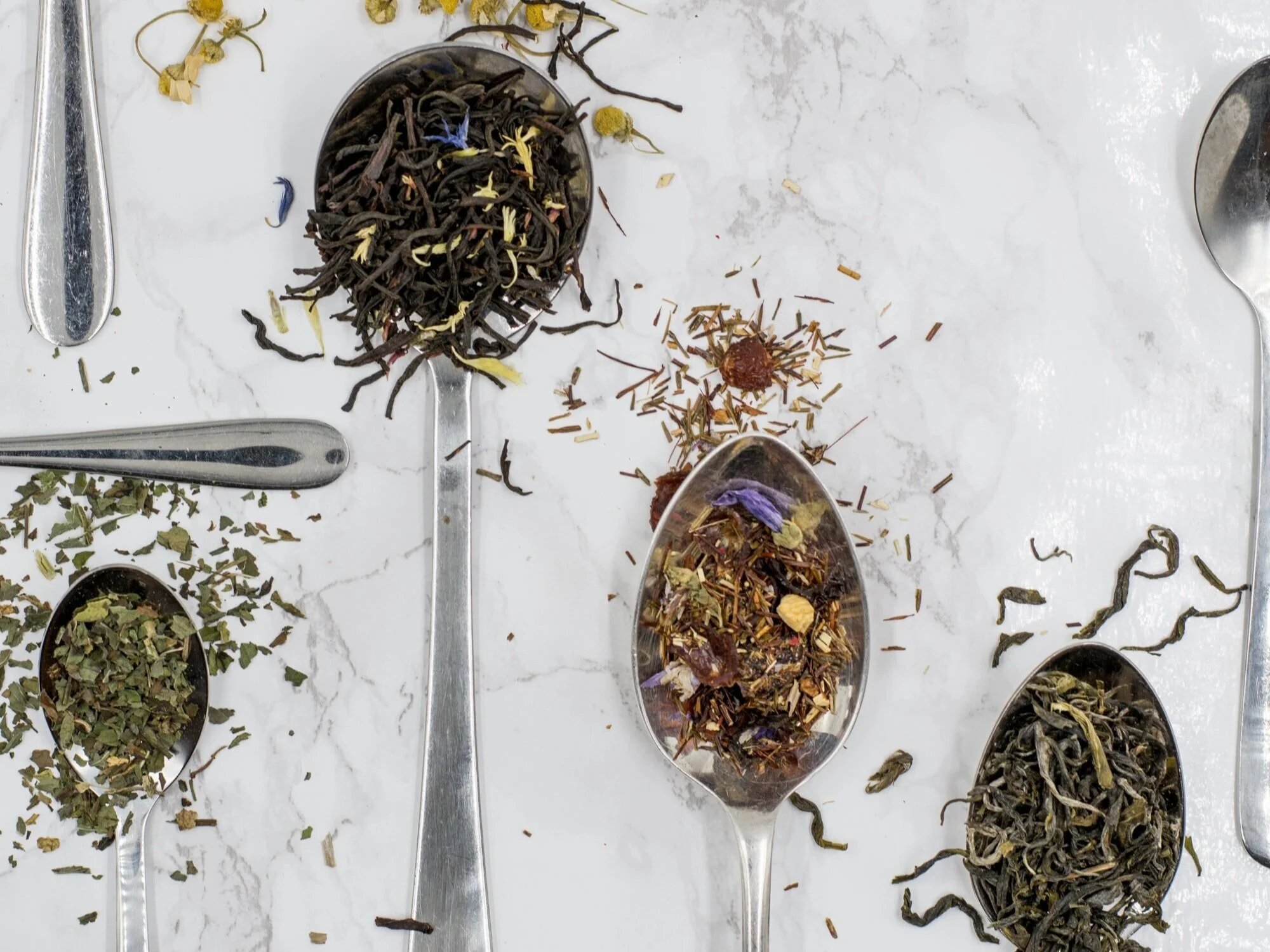Breastfeeding - The Basics
Feeding your baby: it seems like it should be intuitive, natural, and straightforward. But we've learned that it takes time, patience and some serious dedication — and it doesn’t always turn out as we planned. And that's okay. What’s most important is that your baby eats.
We sat down with lactation consultant Sarah Quigley to get her take on some of the most common questions we hear from expectant parents and new parents.
What should I do to prepare my breasts and nipples for breastfeeding?
Good news: Pregnancy is the best preparation for breastfeeding! Your breasts are building milk-making tissue throughout pregnancy and you start making colostrum (early milk) by the time you’re 10 to 14 weeks along (!) Some see this colostrum leaking out or can express it with their hands, while others do not. But don’t worry if you’re not seeing these early signs: whether you leak or not is an indicator of how your nipple plumbing works, not a predictor of your supply.
Some people recommend toughening up the nipples by rubbing them with a rough towel during pregnancy. I’m happy to say this is not necessary. Nipple skin doesn’t develop calluses like the skin on our hands and feet. Postpartum nipple pain is often due to the tissue and muscles in our nipples being repeatedly stretched, much the same way we feel soreness when we start a new fitness routine. Cracked and bleeding nipples are the result of compression during breastfeeding, not dry skin. Adjustments to positioning usually make a big difference, as does softening engorged breasts to facilitate a deeper latch. As these issues resolve, so should the pain.
What do I need to buy to get ready for breastfeeding?
You really don’t need much! Here are my recommendations:
Rice. You read that correctly. Put two cups of uncooked rice into a large sock, tie off the end, and microwave for a minute or two. You now have a heat pack to soften your breasts before nursing.
Ice. During the early engorgement phase, about three days after giving birth, many parents find that it feels good to ice their boobs after nursing.
Nipple cream. to soothe damaged nipples. I don’t have a favorite brand of nipple cream and encourage people to use whatever they have on hand. Lanolin can cause itching for some people since it is a wool byproduct. I recommend applying oils or creams when there is damage to the nipple skin, keeping in mind that addressing the cause of the damaged skin is crucial. Nine times out of ten, the nipples heal once the breasts soften and positioning is adjusted. If nipples do not heal despite these improvements, there may be an infection and a medicated ointment may be necessary.
Nursing bras or tanks. To start, buy two or three bras/tanks that do not have underwire (which can cause plugged ducts) and have some stretch to them. You will not know what size you’ll be postpartum and your size may change a few weeks later, anyway — you’ll be happy to have a little flexibility here
Breast pads. Not everyone leaks, but it’s nice to have a few cloth or disposable breast pads to tuck into your bra in case you do. I don’t recommend buying a huge case of breast pads before giving birth, as you may not need them. Some people can also have an allergic reaction on their skin to the disposable pads.
Nursing pillow. Look for a firm nursing pillow, such as My Brest Friend. Firm bed pillows and sofa throw pillows work well, too. You may also find that you prefer a more reclined hold and don’t need one of these pillows, so you might consider holding off on buying one until you know for sure.
Breast pump. You’ll definitely want a new, high-quality breast pump, which you get through your insurance. My top pick is the Spectra S1/S2, followed by the Medela Pump in Style. You may have a friend or relative who offers to give you their previously used pump, but keep in mind that pumps wear out and some pumps are meant for a single user due to contamination concerns.
A lot of people want to know if they should pay out of pocket for a wireless pump like the Willow or Elvie. I always recommend getting a regular pump from insurance first, as the cost is covered 100 percent and they are typically more effective and easier to use. You can decide later, based on your situation, if a wireless pump would be useful.
If your baby arrives before you get your pump from insurance, you can rent a pump from the hospital. Your OB or midwife may be able to write you a prescription for the pump to cover the rental cost by your insurance.
A pumping bra. Pumping is much more effective when you use your hands to massage and compress your breasts, and a pumping bra makes this more manageable. Combination nursing/pumping bras are an especially convenient option. Alternatively, you can repurpose an old sports bra by cutting holes where the flanges can sit.
Finally, remember you can send someone out to the store or click through an online store for anything else you might need. Or perhaps you have several boxes or bags of hand-me-down bottles and other supplies. It’s okay to politely accept these and then put them aside as you figure out what you really need.
My mom/sister/aunt didn’t make enough milk. Will I have the same issue?
Not necessarily. The factors that influence milk production are complex and multifarious, like a spider web. There could be genetic components at play, such as endocrine dysfunction, but so many cases of low milk supply can be traced back to simple and preventable causes. Many routine hospital practices, especially a generation or two ago, were not conducive to getting breastfeeding off to the best start. We now know that holding our babies skin-to-skin early and often is a powerful way to set up a good milk supply and get the hang of positioning. Frequent breast stimulation and milk removal (breastfeeding and hand expression) are important, too. When babies were regularly sent to hospital nurseries and only brought to their mothers every four hours for breastfeeding (and perhaps given bottles of formula at night while mom slept), it’s no wonder milk supply problems resulted.
When will my milk “come in”?
You now know that you start making milk during the first trimester of pregnancy, so it’s already there when you give birth. After three or four days, you start making even more milk.
It’s normal for breasts to get larger and feel heavy and tender during this time. Some people even have lumpy or firm areas on their breasts. This phase can be quite intense for some, while it barely register with others.
Engorgement is partly an increase in milk and partly inflammation. That’s why it can feel good to ice breasts after nursing. I also encourage people to continue taking anti-inflammatory medications (usually ibuprofen) as recommended by their health care providers to manage postpartum pain and engorgement.
What can I do to prevent problems like cracked nipples, plugged ducts, and mastitis?
Nipple pain and damage is often the first breastfeeding challenge that so many new parents experience. If you received a lot of IV fluids during your baby’s birth, your breasts may be very full and firm, making it more difficult for your baby to latch deeply. Getting hands-on help as soon as possible can be a game changer. A lactation consultant, postpartum nurse, or doula can help you with good positioning to bring your baby onto the breast as deeply as possible. They can also suggest measures to soften your breasts, such as heat, massage, or reverse pressure softening.
A deep latch is also the key to thoroughly draining your breasts, which goes a long way in keeping plugged ducts and mastitis at bay. If your breasts still feel very full after nursing your baby, you can try hand expression or pumping to get more milk out. Some people discourage new parents from pumping in the very early days postpartum, claiming that this will lead to a milk oversupply. In my experience, it is better to get the milk out when someone is uncomfortably full and the risk of oversupply is minimal, provided someone is pumping as needed (once or twice a day) for relief.
Mastitis is a breast infection that can occur two ways: milk sits in the breasts for several hours or bacteria enters the breast through damaged nipple skin. If you have nipple damage, it’s best to wash your nipples at least once a day with soap and water and apply nipple cream after each feeding. It’s also important to breastfeed or pump at least eight times per 24 hours, especially in the first month postpartum while you are establishing your milk supply. Some new parents find that they can go one four to five hour stretch without breastfeeding or pumping, which often occurs around the time their babies are able to sleep a little longer at night. Others wake up very full after three hours and need to do something about it. I always recommend listening to your body and getting the milk out sooner rather than later. It’s good for keeping the ducts clear and it’s good for supply!
People are sending me recipes for lactation cookies and telling me to drink lactation tea. Do those really work?
Oats, flax seeds, and brewer’s yeast are all known to have lactogenic properties. They’re also highly nutritious, so you have nothing to lose by eating those foods, regardless of whether they boost your milk supply.
The effectiveness of lactation teas is a real question mark because they contain a blend of herbs and vary from brand to brand. You can brew them to different strengths, and no one seems to agree on how many cups it takes to make a difference.
Frankly, I think the cookies and teas are nothing more than a marketing scheme that prey on the anxiety of new parents. If a client is trying to increase supply, I always start with a plan that emphasizes consistent and thorough breast stimulation and milk removal. If that is not enough, I share information about galactagogues in capsule or tincture form, which parents can discuss with their health care providers and consider taking if medically appropriate.
I want to start building a freezer stash of milk as soon as possible. How do I do this?
Returning to work looms largely in the minds of parents even before their babies arrive, and it’s understandable that they want to be as prepared as possible for that transition. I encourage people to spend the first month of their babies’ lives focusing on establishing breastfeeding. It takes this much time to figure out how to breastfeed comfortably and set up the milk supply and adding in pumping sessions can be disruptive to breastfeeding and/or create more work during an already busy time.
After the first month, or whenever breastfeeding and milk supply are well in hand, a lot of parents pump first thing in the morning after nursing. Supply is often highest at this time, yielding a nice pumping output. Parents can freeze this milk in storage bags for up to 6 months or save it in the fridge for bottle-feeding within six days. It’s okay to freeze milk that has been in the refrigerator for a few days.
Silicone hand pumps, such as the Haakaa, make it easy to add milk to a freezer stash as well. You can combine milk from different sessions by leaving it at room temperature, or keep a container in the refrigerator and add to it. Chill fresh milk before adding it to a container with cold milk. When freezing combined milk, label with the date of the oldest milk.
Finally, it’s important to note that an Armageddon-level stockpile of breast milk is not necessary for going back to work. Most babies need 1-1.5 oz. (30-45 mL) of milk for every hour that they’re being bottle-fed, so if you work an eight-hour day and have a one-hour commute each way, you’ll leave about 10-15 oz. of milk for your baby. You really just need to be one day ahead of your baby’s milk intake, and you’ll continue pumping at work in order to replenish the supply. Many parents aim to have about three days worth of frozen milk to provide a generous cushion.
A month or two before returning to work, you may find it helpful to take a pumping and working class, or schedule a session with a lactation consultant. This will give you general information about how to prepare yourself and your family for the transition of returning to paid employment and allow you to ask questions and strategize about your unique needs and circumstances. Most parents tell me that they find these classes and sessions very reassuring and empowering.
How can my people support me with breastfeeding?
A lot of people think that the best way to help a breastfeeding parent is to bottle-feed the baby, but that can actually create more work and can cause disruptions for some families. Frequent milk removal is really important in the early days and weeks. Nature synced babies and their nursing parents quite nicely, so baby should be feeling hungry right about the time the parent needs to get the milk out. So sure, a nighttime bottle is an option, but it may require the breastfeeding parent to get up and pump while someone else feeds the baby, which often defeats the goal of giving anyone a break.
Fortunately, a family with a newborn has many other needs that friends and family can attend to. A few areas that can be of immense help to new parents:
Helping position baby at the breast
Supporting a parent’s arms with pillows for more comfortable breastfeeding
Providing drinks and snacks that the breastfeeding parent can eat one-handed
Laundry
Dishes
Diapers
Meal preparation
Grocery shopping
Errands
Caring for pets
Helping parents take baby to and from pediatric appointments
Holding baby while a parent gets a nap, eats a meal, or takes a shower
Providing words of encouragement
I could go on, but you get the picture. If you are getting offers of help, share these ideas with your people and let them know that by doing these things, they are making it possible for you to focus on your most important job: feeding baby.











